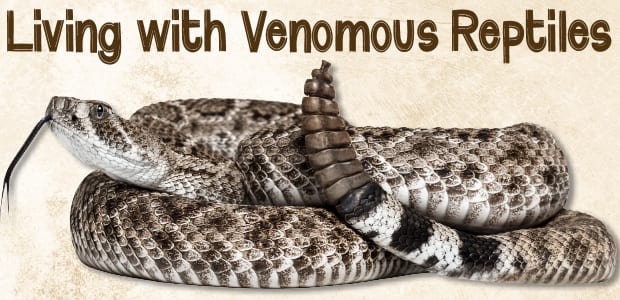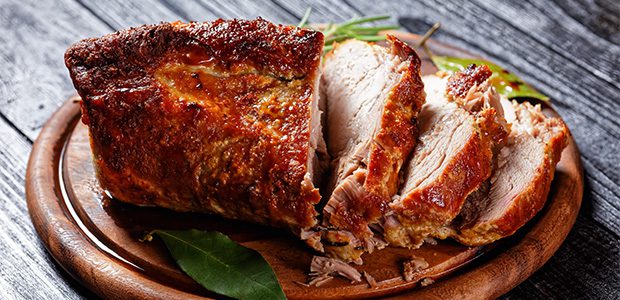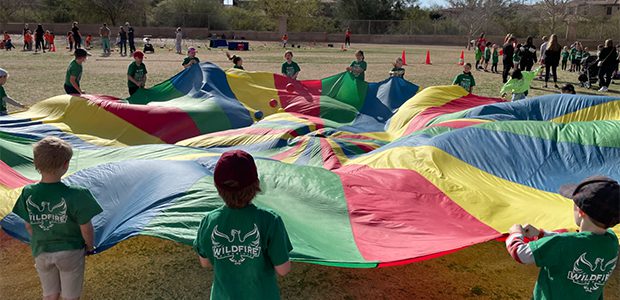An encounter with a rattlesnake is a potentially dangerous situation; your knowledge about reptiles and how to avoid rattlesnakes could be invaluable. https://www.azgfd.com/wildlife/livingwith/rattlesnakes/
RATTLESNAKES
There are fifteen species of rattlesnakes in our area. Those most often encountered are the Western Diamond-backed, Western, Mojave, Black-tailed, and Sidewinder. All of these snakes have rattles on their tails, and though many snakes vibrate their tails when nervous, only rattlesnakes can produce the characteristic buzzing noise so often heard in movies. In the warm deserts, rattle-snakes are most active from March through October. In the spring, they are active during daylight hours. As days become increasingly hot around early May, rattlesnakes become more active at night and spend the day in a spot of shade or a cool shelter. In addition to these periods of activity, rattlesnakes can be seen “basking” (lying out in the sun) during any month of the year.
Rattlesnakes do not dig their own holes: they utilize preexisting shelters. Shelter sites might be abandoned burrows of other animals, brush or woodpiles, rock crevices, or any tight place where a snake can feel safe. Rattlesnakes may have several shelter sites within the range of their hunting grounds, and sometimes they will sleep in the open. All snakes are carnivorous (they eat animals). Rattlesnakes are effective predators eating rabbits, rodents, lizards, and birds. Snakes do not eat every day, and sometimes many months pass between meals.
Rattlesnakes are born alive, rather than hatching from eggs. At birth, they are fully equipped with fangs and venom; miniature copies of their parents requiring no parental care. A baby rattlesnake is not born with a rattle on its tail; instead, it has one little knob called a prebutton. Within days, the newborn sheds its skin, and as it grows, it generates a new segment of its rattle with each shed. The single button on a newborn’s tail does not produce a sound when rattled, but in about 3 weeks it will be fully capable of producing a warning rattle.
Newborn rattlesnakes are very small. They have no home territory and are low on the food chain (a lot of animals eat them). This makes for a very nervous little snake! In searching for something to eat and a place to live, newborn rattlesnakes turn up in the strangest places–swimming pools, potted plants, even in houses.
AROUND YOUR HOME
WATCH YOUR STEP!
Rattlesnake colors and patterns allow them to blend with their surroundings, so they often seem invisible. It is always best to look where you place your feet and hands. A flashlight should be carried at night, especially on warm nights when rattlesnakes are very active. Around your home, keep walkways clear of brush, as rattlesnakes on the open ground are more visible. Keep walkways brightly lit.
RODENT CONTROL
Rattlesnakes are attracted to their vital resources, including food, water, and a safe place to live. Rodents should be eliminated from around your home. They are both destructive to your property and a primary source of food for rattlesnakes. Don’t feed birds in your yard! Bird feeders attract rodents just as effectively as birds. Snakes searching for a meal are often drawn to the scent of rodents and birds around feeders. There are effective products available for controlling rodents, such as snap traps and live traps. Sticky traps and poisons are also available, but they are often inhumane and might kill the wrong animals. Because snakes use burrows of other animals, fill all rodent holes in your yard to prevent snakes from taking up residence. Rodents not only provide tunnels for access but also leave their scent; this is quite an attraction for a hungry snake on the prowl! Wood piles or piles of junk are also very attractive to snakes. These should be cleaned up or moved away from the house. Take care when rummaging through them in case you already have a resident snake! Harmless snakes like Gophersnakes and Common Kingsnakes prey on rodents, competing for the same foods as rattlesnakes. It is a good idea to learn how to identify these snakes. If left alone, they might be encouraged to take up residence in your yard and make it less appealing to rattlesnakes. Some snakes, like the Common Kingsnake and the Coachwhip, even eat rattlesnakes.
IF A RATTLESNAKE BITE OCCURS:
What to do
• Remain calm and reassure the victim
• Remove all jewelry, watches, etc. from affected area
• Immobilize extremity and keep at a level below the heart
• Decrease total body activity as is feasible
• Move victim to a medical facility without delay
What NOT to do
• Do NOT apply ice to bite area
• Do NOT use incision of any kind
• Do NOT use a constriction band or tourniquet
• Do NOT administer alcohol or drugs
• Do NOT use electric shock treatment








